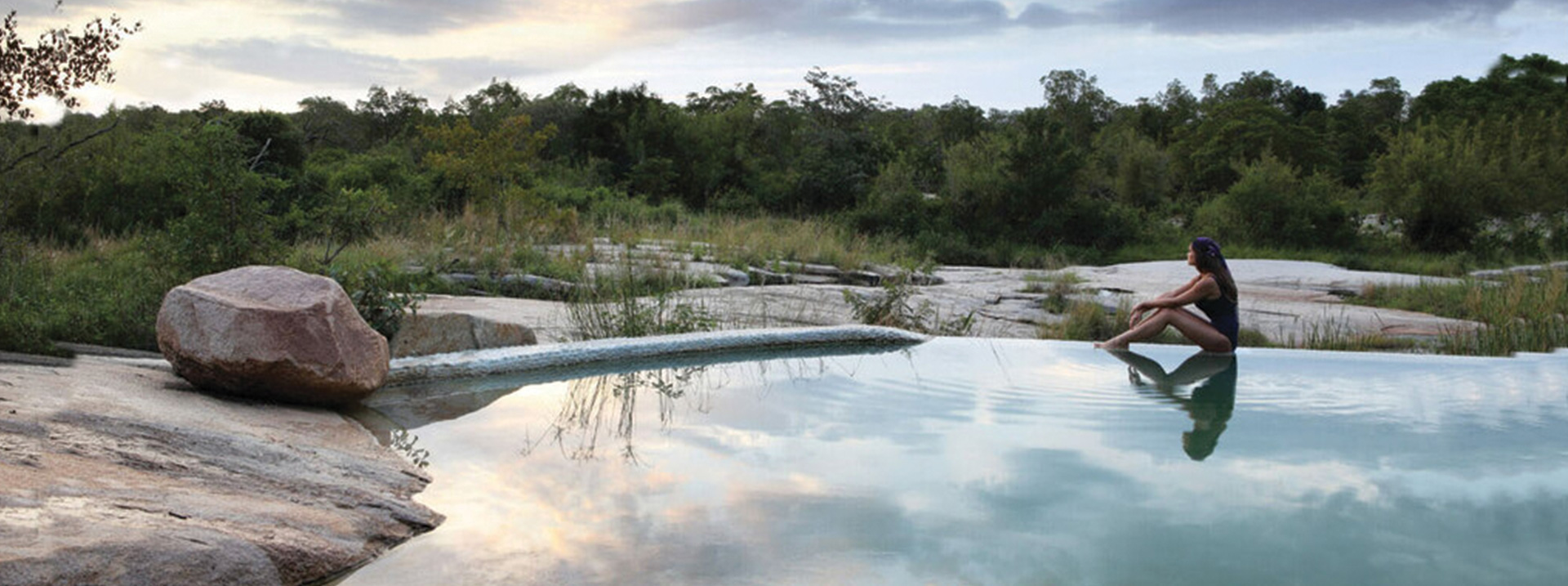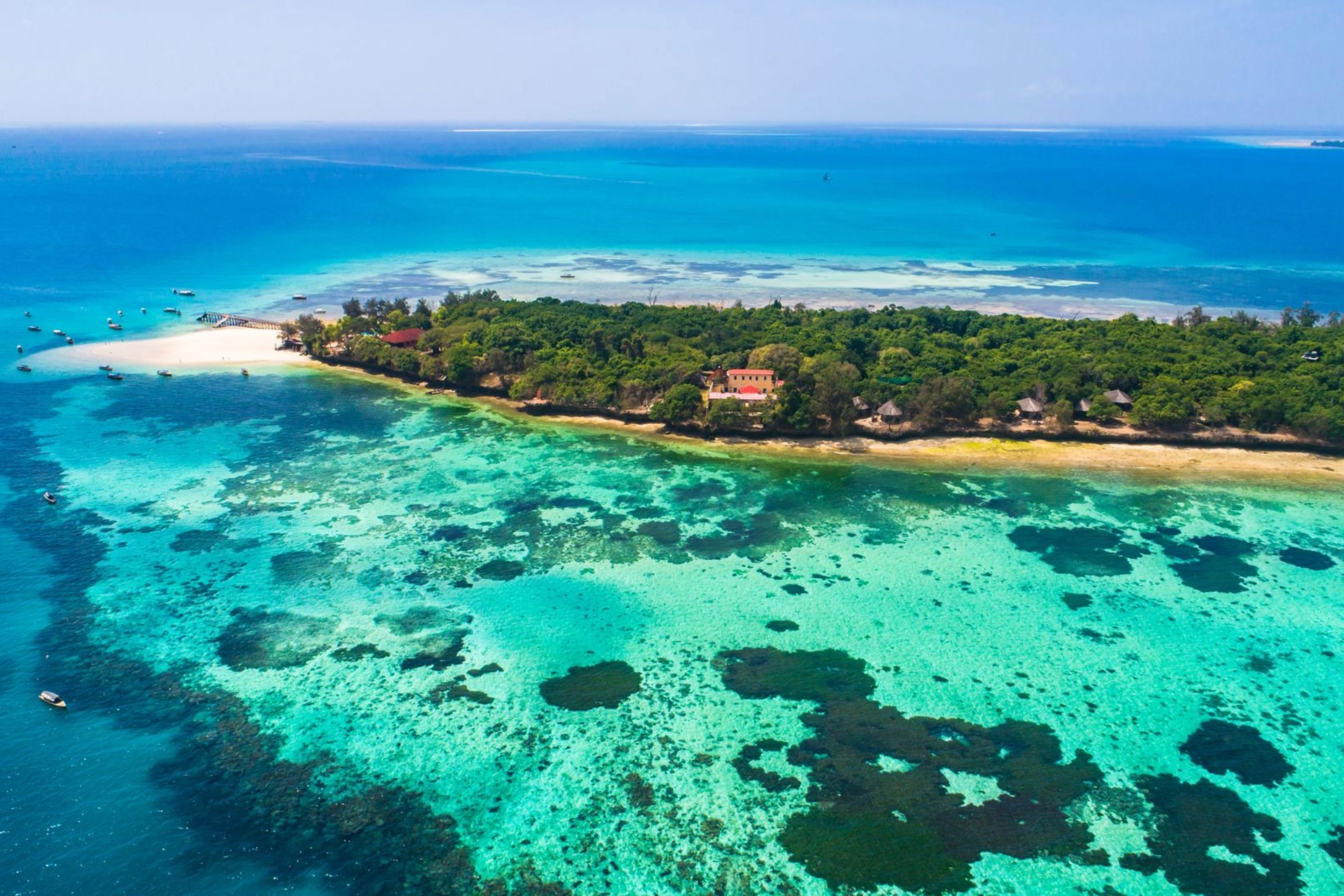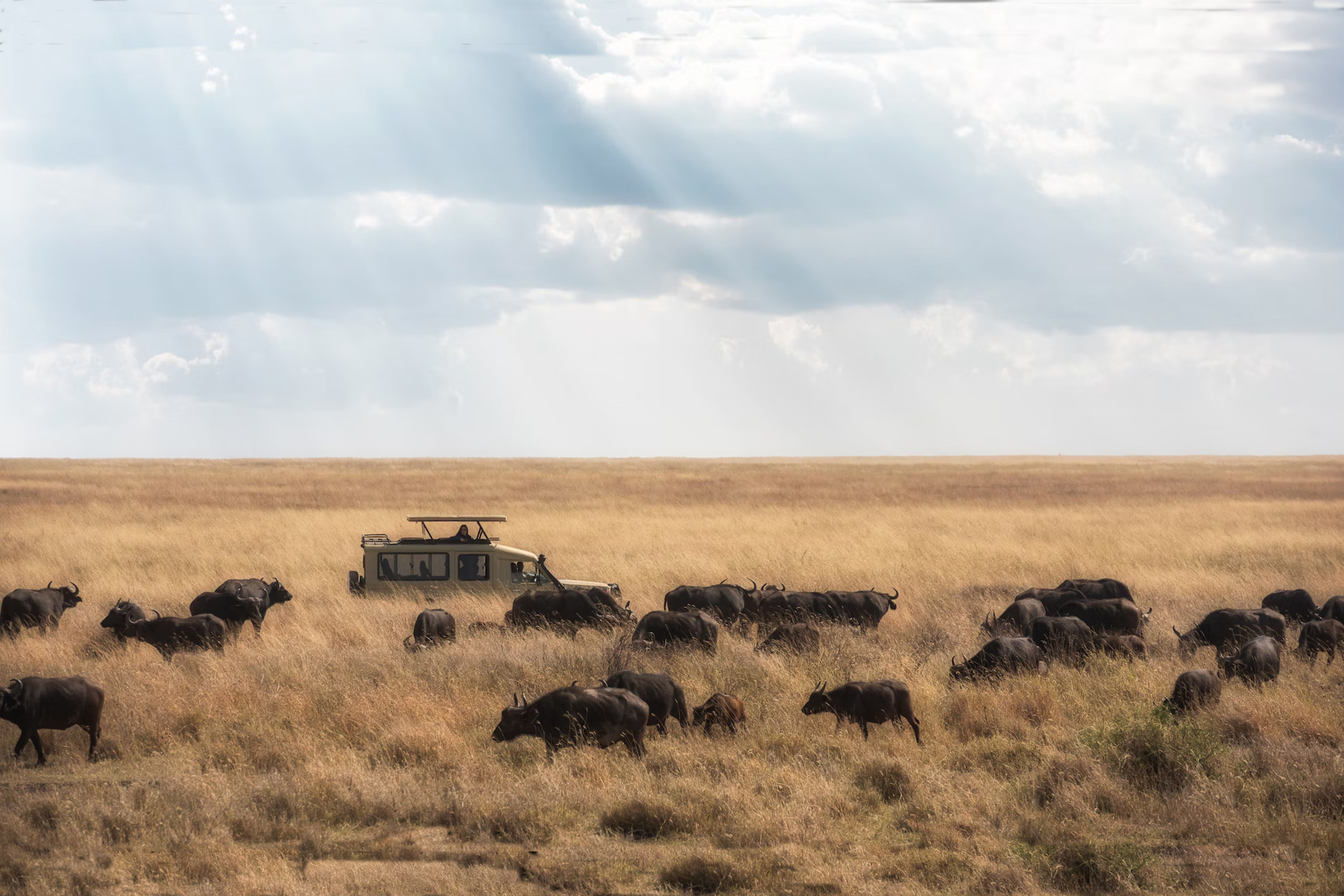Explore Africa’s Wild Heart
Tailored Safaris, Timeless Memories
Enjoy safaris and nature
Dive into the Tanzanian culture
Mount Kilimanjaro Trek FAQ
1. How high is Mount Kilimanjaro?
2. How difficult is the trek to Mount Kilimanjaro’s summit?
3. What are the main routes to the summit?
4. What is the best time to trek Mount Kilimanjaro?
5. How long does it take to reach the summit?
6. How should I prepare physically?
7. Is altitude sickness a concern?
8. What gear do I need?
9. Do I need a guide?
10. How do I book a trek?

"Absolutely the best safari experience! Unforgettable from start to finish." – John Doe

"Incredible views, amazing guides, and a truly unique adventure." – Jane Smith

"Highly recommend! Everything was beyond our expectations." – Michael Brown





